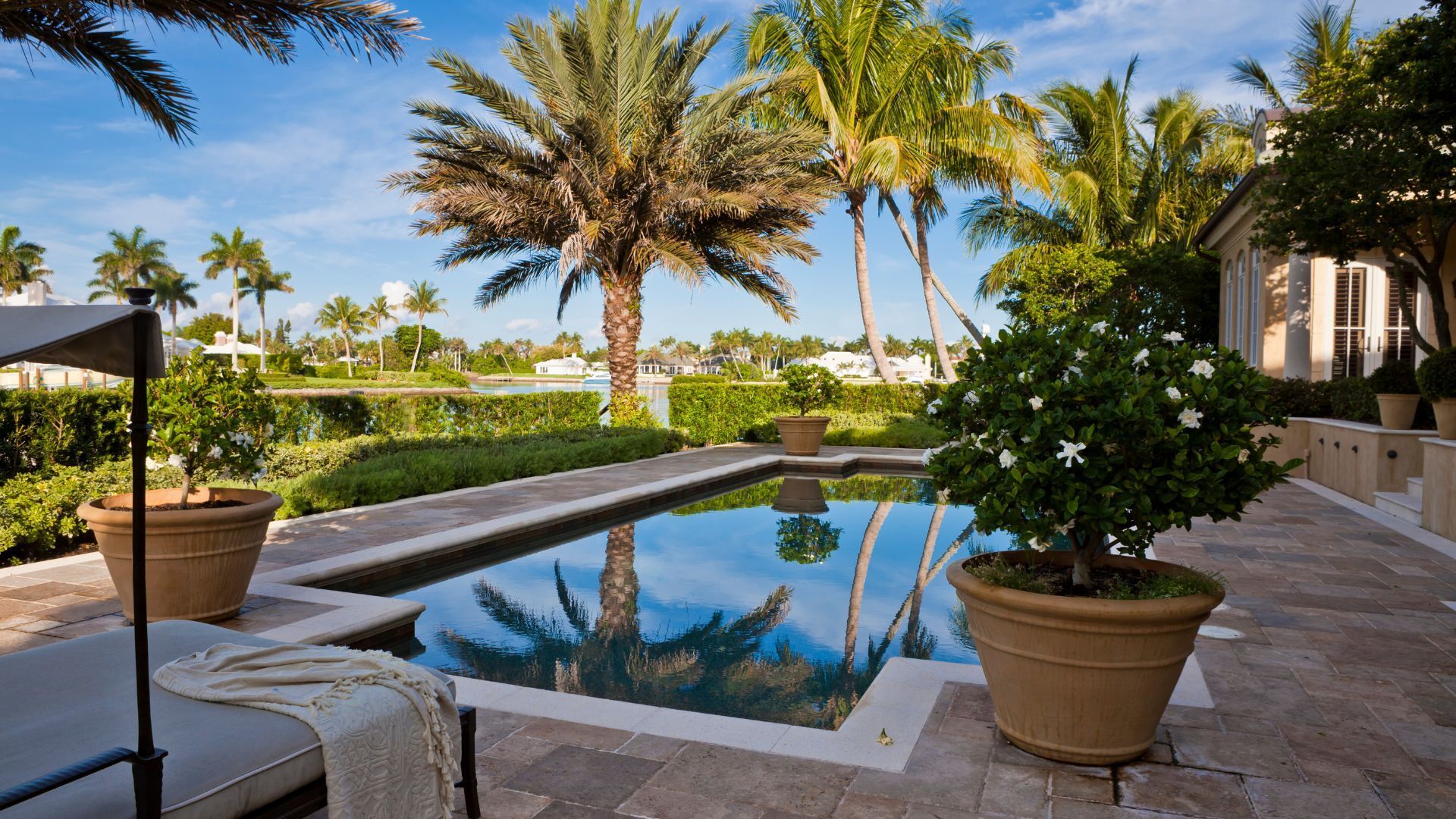Experts offer tips for aging in place and compare costs to assisted living: CNBC
The data is clear: aging in place is a clear preference for many older Americans making plans for how their later years will play out. But a lot of people approaching these ages may not know the best ways they can make their homes more accommodating for natural changes that come with aging, according to a new story at CNBC.
“People might say, ‘I want to age in place as the default plan, because that’s what I’m already doing,’” Carol Chiang, CEO of personalized aging-in-place consulting company Evolving Homes, told the outlet. “But they’re not really considering, ‘Well, what does that mean?’”
There are three general client types Chiang’s company serves, she explained. These include those who have some kind of urgent need, likely stemming from a recent medical issue or injury; those suffering from a cognitive or neurodegenerative condition; and more proactive adults who are planning out their later years in advance.
A certified financial planner (CFP) who enlisted Chiang’s services falls into the proactive camp, she told CNBC.
“She made us think through what an aging-friendly bathroom would look like,” CFP Carolyn McClanahan said. “People are usually remodeling their homes every 10, 15, 20 years. So making certain — especially when you hit your 50s and 60s — that you remodel it […] does make it easier as you get older to stay home.”
Costs for renovation projects can vary based on factors such as location, job size and condition of the home. While the investment can be steep in terms of upfront cost, it is also largely a one-time investment that can help make the rest of a resident’s time in a home easier, according to Curt Kiriu, president of CK Independent Living Builders in Mililani, Hawaii.
“At a very, very basic level, thinking about a remodel, you should be planning for at least $70,000,” Chiang said, adding that certain jobs can come in at less than half that. But when compared to the $108,000 annual median cost of a private room in a nursing home, according to data from Genworth, remodeling can be more compelling.
A recent study by researchers at Rutgers University in New Jersey found that home-based care is a leading outcome for older Americans.
Another recent study found that 55% of surveyed baby boomers plan to remain in their existing homes as they age, but less than one-quarter of those surveyed have any plans to renovate their homes to more safely and easily accommodate natural changes that come with aging.
Only 24% of baby boomers are preparing their homes for aging, and even fewer are adding other safety features, according to the latter study by home improvement services company Leaf Home and market research firm Morning Consult.
Roughly 75% of boomer respondents report that they “have never added safety or accessibility features in their homes,” while 81% of the cohort report planning to leave an inheritance of some kind when they pass away, the study found.
Is it time to put a Reverse Mortgage to work for you today?
Have A Question?
Use the form below and we will give your our expert answers!
Reverse Mortgage Ask A Question
Start Your Loan
with DDA todayYour local Mortgage Broker
Mortgage Broker Largo See our Reviews
Looking for more details? Listen to our extended podcast!
Check out our other helpful videos to learn more about credit and residential mortgages.





